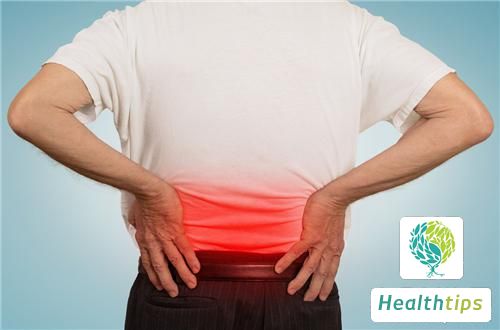What Should I Do with My Recent Backache?
There are many causes of low back pain, such as lumbar disc herniation can cause lumbago, and female gynecological diseases can also lead to lumbago. Patients with low back pain should pay attention to rest, avoid heavy work, and prohibit strenuous exercise. Appropriate light activities can be done to promote blood circulation and relieve pain. Heat application or professional massage can also be used to improve the condition. What should I do for recent low back pain? Let's take a look.

What should I do for recent low back pain?
Some patients experience low back pain due to prolonged sitting, standing, or frequent bending, which can lead to lumbar muscle strain. These patients often experience improvement through massage, physical therapy, heat application, etc. Some patients may experience numbness and pain in one or both lower limbs along with low back pain, which may be caused by lumbar disc disease and require consultation with an orthopedist for further examination of the lumbar disc. Additionally, some patients may experience symptoms of the urinary system such as hematuria, fever, frequent urination, urgent urination, and painful urination along with low back pain, indicating possible kidney stones, infections, or other lesions. These patients may need to consult a nephrologist for further examination such as kidney ultrasound and urine testing to confirm the presence of kidney stones or infections.
Common Causes of Low Back Pain
1. Spinal and muscular diseases such as lumbar hyperostosis, lumbar disc herniation, lumbar hypertrophy, spinal stenosis, lumbar fractures, acute and chronic lumbar trauma or strain, lumbar muscle strain, and ankylosing spondylitis can all cause low back pain.
2. Urological diseases such as urinary system infections, urinary stones, and tuberculosis can also cause low back pain.
3. Reproductive organ diseases such as cervicitis, salpingitis, pelvic inflammatory disease, chronic adnexitis, pelvic peritonitis, uterine sacral ligament inflammation, and connective tissue inflammation can easily lead to concurrent low back pain.
4. Conditions such as uterine retroversion, retroflexion, and uterine prolapse are among the causes of low back pain in women.
Differential Diagnosis
1. Kidney stones and ureteral stones often cause severe low back pain, which radiates to the inner thigh and is accompanied by symptoms such as sweating and nausea.
2. Pyelonephritis usually causes low back pain on one side, accompanied by fever, pain upon percussion of the renal area, hematuria, frequent urination, urgent urination, and painful urination.
3. Patients with nephritis and nephrotic syndrome often experience discomfort, soreness, and pain in the lumbar region, but this low back pain is generally less intense than the pain caused by pyelonephritis and kidney stones.



















